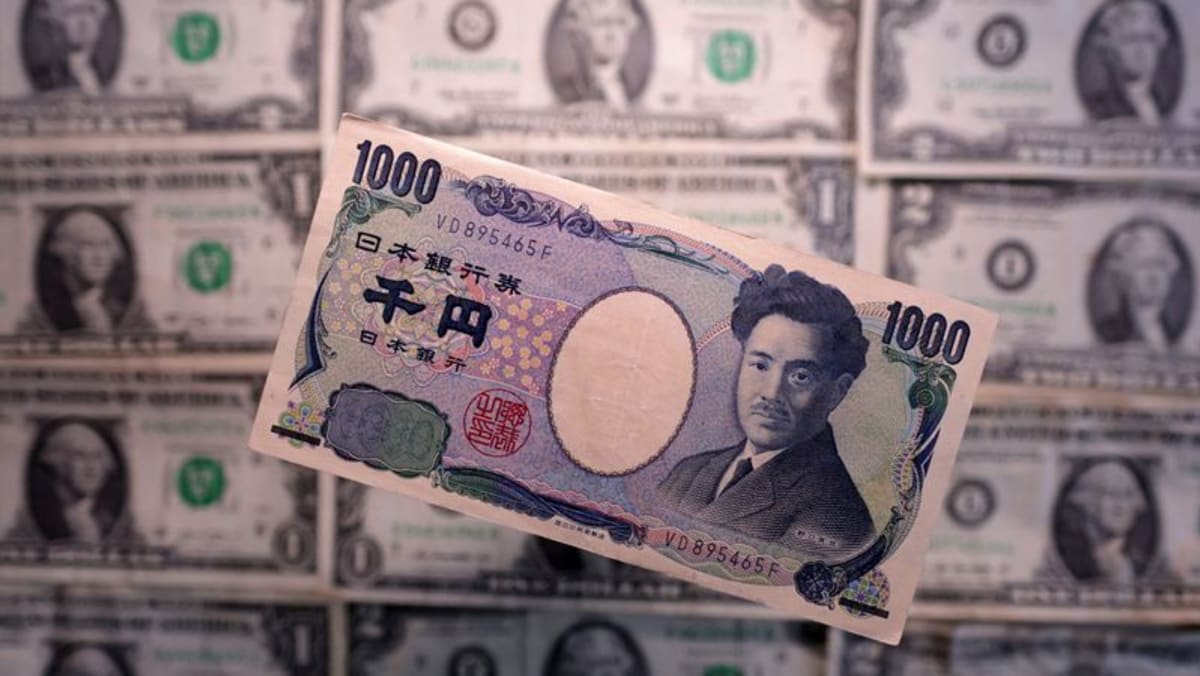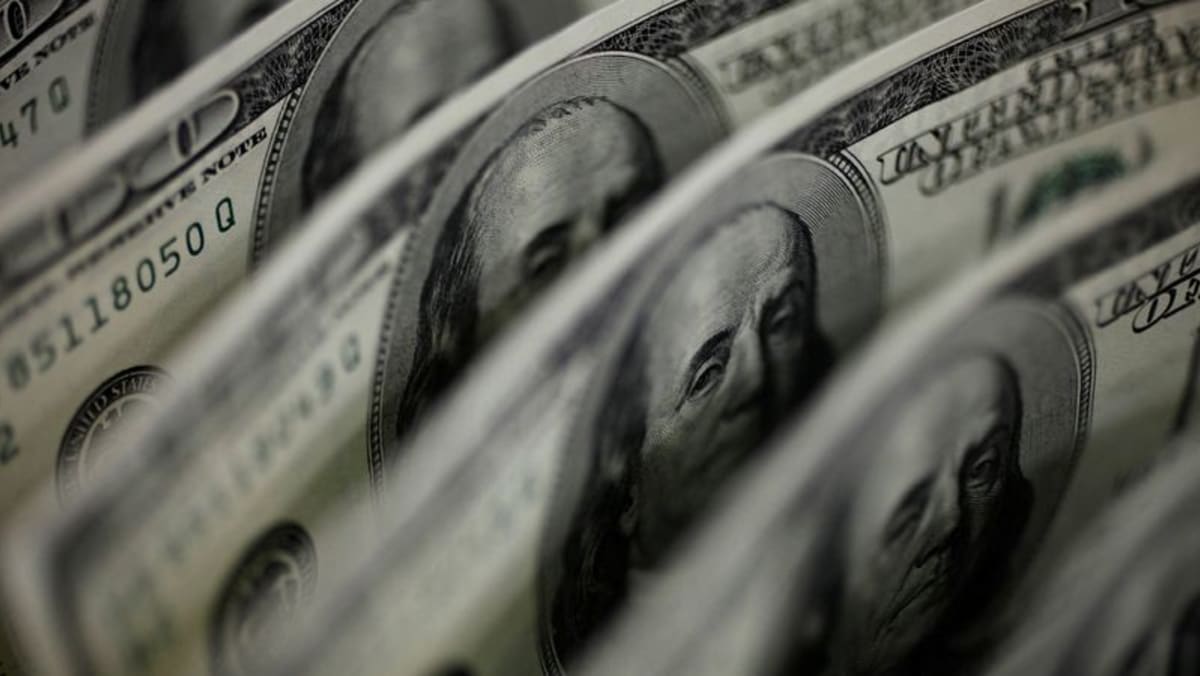TOKYO :The safe-haven Japanese yen strengthened on Monday while gold pushed to a fresh peak as traders worried that U.S. President Donald Trump’s tariffs would ignite inflation and crimp economic growth.
Markets are nervous ahead of a new round of reciprocal levies that the White House is due to announce on Wednesday. Details are scarce, but Trump said late on Sunday that essentially all countries will be slapped with duties this week.
The yen was up as much as 0.74 per cent at 148.735 per U.S. dollar at one point on Monday, and was last 0.46 per cent stronger at 149.145. The Japanese currency rallied 0.82 per cent on Friday, when U.S. data showed core inflation rose more than expected last month, fuelling fears of stagflation.
The dollar was under additional pressure from a flight to the safety of U.S. Treasuries, which sent the yield on the 10-year note sliding as much as 6-1/2 basis points to 4.19 per cent on Monday.
Gold pushed to an unprecedented $3,112.14, making it three consecutive sessions registering record highs.
The Swiss franc, another traditional safe haven, started the day by rising 0.3 per cent to 0.8775 per dollar.
“The latest batch of U.S. economic data … contained a distinct stagflationary whiff,” spurring a decline in stocks and currencies like the Australian and New Zealand dollars as traders ran from riskier assets, said Ray Attrill, head of FX research at National Australia Bank.
In terms of Wednesday’s tariff announcement, “obviously we’ll get a little bit of clarity, but I don’t think it’s going to eliminate the uncertainty which is clearly wracking markets, as well as businesses and consumers.”
The Aussie eased 0.16 per cent to $0.6280 on Monday, and the New Zealand dollar declined 0.19 per cent to $0.5707.
On Friday, Trump had said he was open to carving out deals with countries seeking to avoid tariffs, but the Washington Post reported at the weekend that he was urging his advisers to take a more aggressive stance.
“Across-the-board tariffs would be a negative surprise, in our view,” Merrill Lynch analysts Michalis Rousakis and Claudio Piron wrote in a research note.
“Our main concern is ‘something breaking’ from aggressive tariffs, triggering a tail risk of a sharp market sell-off, pushing the USD much higher in the short term.”
The U.S. dollar index, which measures the currency against six major peers, sagged 0.12 per cent to 103.88.
The euro was steady at $1.0833, while sterling added 0.22 per cent to $1.2958.
A British government spokesperson said Prime Minister Keir Starmer and Trump had “productive negotiations” towards a trade deal in a phone call on Sunday.
The Canadian dollar was flat at C$1.4321 per greenback.
Mexico’s peso slipped 0.45 per cent to 20.4364 per dollar.
Cryptocurrency bitcoin lost 1 per cent to $81,703.













